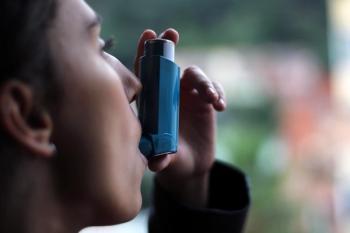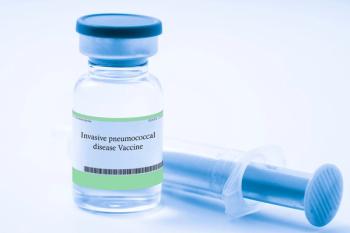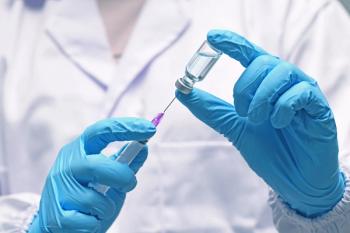
Cedar Pollen-specific IgE Titers May Be Useful in Pollen Allergy Screening
Cedar pollen allergen-specific IgE values may be sufficient for diagnostic use in pollen allergy screening.
Values from cedar pollen allergen-specific IgE may be provide adequate results for pollen allergy screening, according to study results published in Allergy & Rhinology.1
Currently, the use for allergen-specific and total IgE values, as well as carbohydrate determinant antigens (CCD), for pollen allergy screening has not been well established. To address this knowledge gap, a team of researched from Kyorin University School of Medicine in Tokyo, Japan conducted an investigation to assess how well serum-based allergen-specific and total IgE titers would be in pollen allergy screening.
“The presence of allergen-(specific) IgE antibodies is indicative of sensitization to allergens. However, frequently in routine clinical settings, the presence of allergic sensitization does not coincide with symptoms,” the researchers noted.
The researchers provided a questionnaire to 259 adults who had allergy testing as a part of their general health check-up to assess symptoms of pollinosis. Using the AlaSTAT 3g Allergy method, participants had specific IgE levels measured; 17 components were measured in the serum analysis, including 4 types of cross-reactive carbohydrate determinant-specific IgE antibodies.
Participants were grouped into either group A or B depending on questionnaire responses. Those who noted that they were diagnosed with pollinosis or not diagnosed but symptomatic were included in group A. Those who were not diagnosed but had previous symptoms and those who did not have any symptoms were included in group B. Participants who were unsure about their diagnosis or symptoms were excluded from the study.
Groups A and B had 132 and 127 participants, respectively. For group A, the allergen-specific serum IgE positivity rates were greater than those for group B for Japanese cedar (97% vs 56%, respectively; P <.01), Japanese cypress (91% vs 35%, respectively; P <.01), for orchard grass (39% vs 15%, respectively; P <.01), and ragweed (14% vs 3%, respectively; P =.10).
Sensitivity and specificity analyses were conducted for predicting the presence or absence of pollen allergy. Area under the curve values for serum IgE antibodies against Japanese cedar, Japanese cypress, orchard grass, and ragweed were 0.87, 0.82, 0.63, and 0.56, respectively.
Of the 259 cases, 43 cases were positive for any of the 4 types of cross-reactive CCDs. Of those who were positive, 30 cases had pollen allergy symptoms: 97% were positive to Japanese cedar, 97% were positive to Japanese cypress, 57% were positive to orchard grass, and 27% were positive to ragweed. For the other 13 CCD-positive cases without current pollen allergy symptoms, 85% were positive to Japanese cedar, 77% were positive to Japanese cypress, 62% were positive to orchard grass, and 31% were positive to ragweed.
Among patients in the CCD-negative group, there were 102 cases with pollen allergy symptoms: 97% were positive to Japanese cedar, 89% were positive to Japanese cypress, 34% were positive to orchard grass, and 11% were positive to ragweed. For the remaining participants who did not have pollen symptoms, 53% were positive to Japanese cedar, 31% were positive to Japanese cypress, 10% were positive to orchard grass, and 0% were positive to ragweed.
The investigators noted false-positive rates when comparing the relationship between serum IgE antibodies and CCD values for patients without symptoms. The false positive rates were 5% for Japanese cedar, 35% for Japanese cypress, 15% for orchard grass, and 3% for ragweed.
“The study of CCDs suggested that subjects who tested positive for pollen often had false-positive results due to the impact of the CCDs,” authors noted.
“Our study is the first to analyze the usefulness of these measurements, and we believe that these results can encourage the application of screening tests for pollen allergy in future health examinations,” the authors concluded.
Reference
1. Yokoi H, Matsumoto Y, Kawada M, Sakurai H, Saito K. Pollen allergy screening with allergen-specific and total immunoglobulin E titers. Allergy Rhinol (Providence). 2022;13:21526575221079260. Published March 24, 2022. doi:10.1177/21526575221079260
Newsletter
Pharmacy practice is always changing. Stay ahead of the curve with the Drug Topics newsletter and get the latest drug information, industry trends, and patient care tips.













































































































































